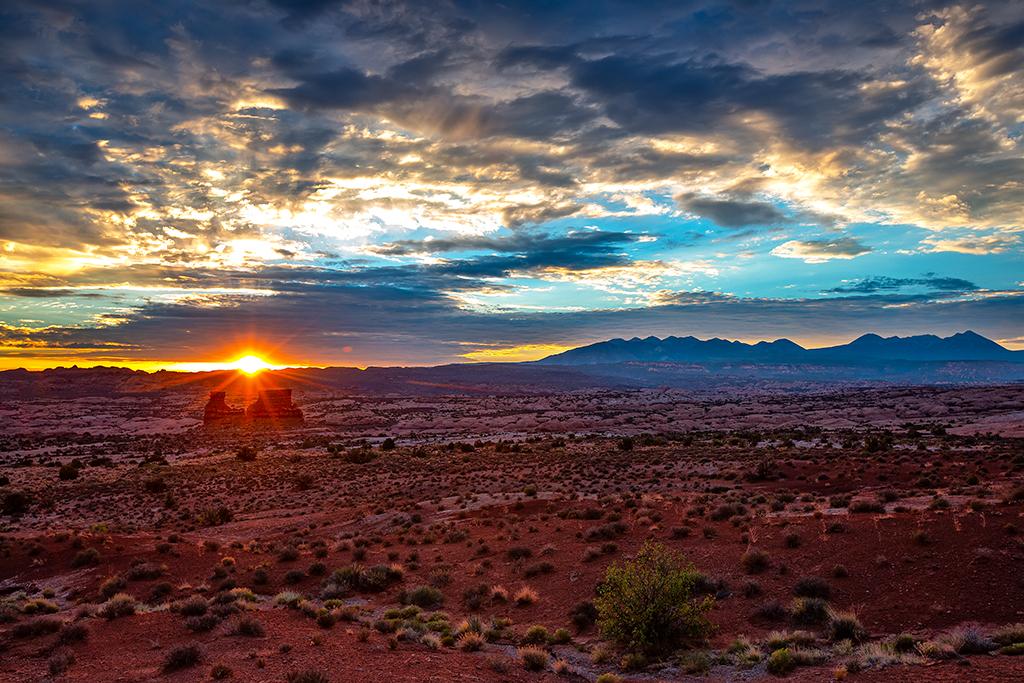
Capturing the colors of sunrise at the La Sal Mountains view area, Arches National Park / Rebecca Latson
Traveler Editor Kurt Repanshek and I talked recently about favorite spots in national parks for great photos. We discussed parks from the West Coast to the East Coast, including national seashores and national historic sites. The Traveler’s editor and I concluded you can capture great photos in every one of those places. No one park holds the monopoly on pretty pics.
With that in mind, I want to use this final photo column for 2019 to reiterate some of my own favorite national park spots.
Arches National Park, Utah
My very favorite place to photograph in this park is the La Sal Mountains Viewpoint. It’s to your right, just past the Park Avenue stop, and the sunrises there are gorgeous. Late afternoons and sunsets are great there, too, where you can photograph the sun's warm glow lighting up and saturating the red rocks and the mountains in the distance. At night here, if you point your camera the other way, toward the road and the tall sandstone formations, you can get not only beautiful starry skies, but also neat light trails on the road from the cars driving past you with their lights on.
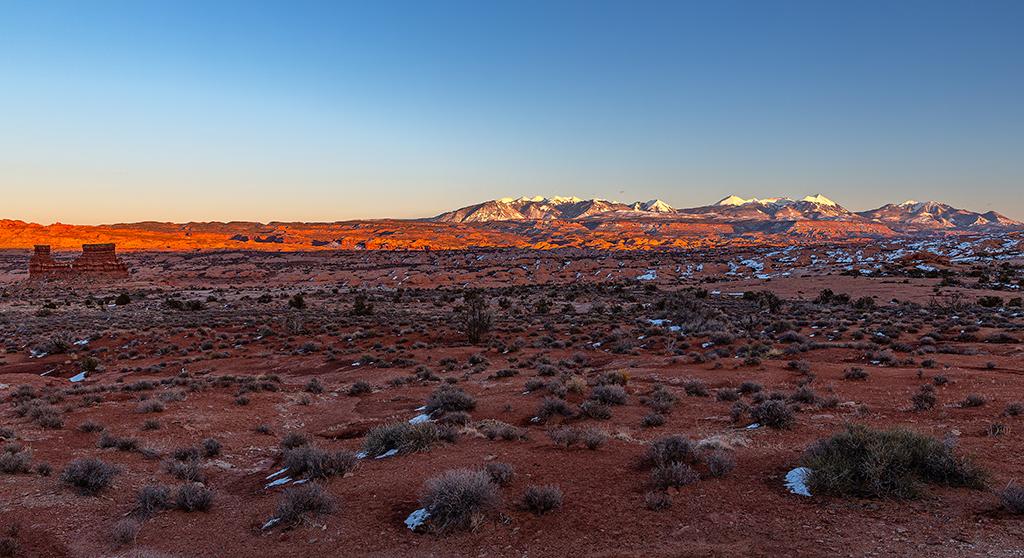
Sunset over the La Sal Mountains view area, Arches National Park / Rebecca Latson
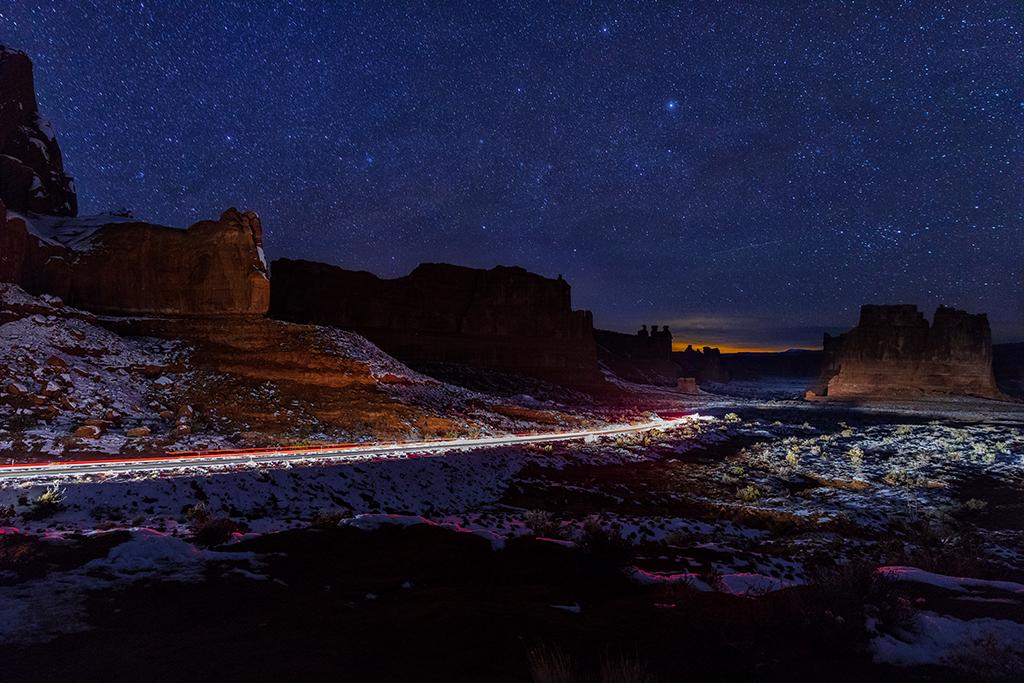
Starlight and light trails, Arches National Park / Rebecca Latson
Another favorite spot in Arches is the Windows area, where you’re surrounded by North and South Windows, Turret Arch, and Double Arch. Sunrises and early mornings are great, no matter which direction you face. During the late afternoons, as the sun starts its movement downward, if you stand near Turret Arch you can capture a photo of the sunlight through the arch opening, shining onto the vegetation and rocks. Visiting during the winter means you might get a little snow, and that white color highlights the red rocks and green bushes.
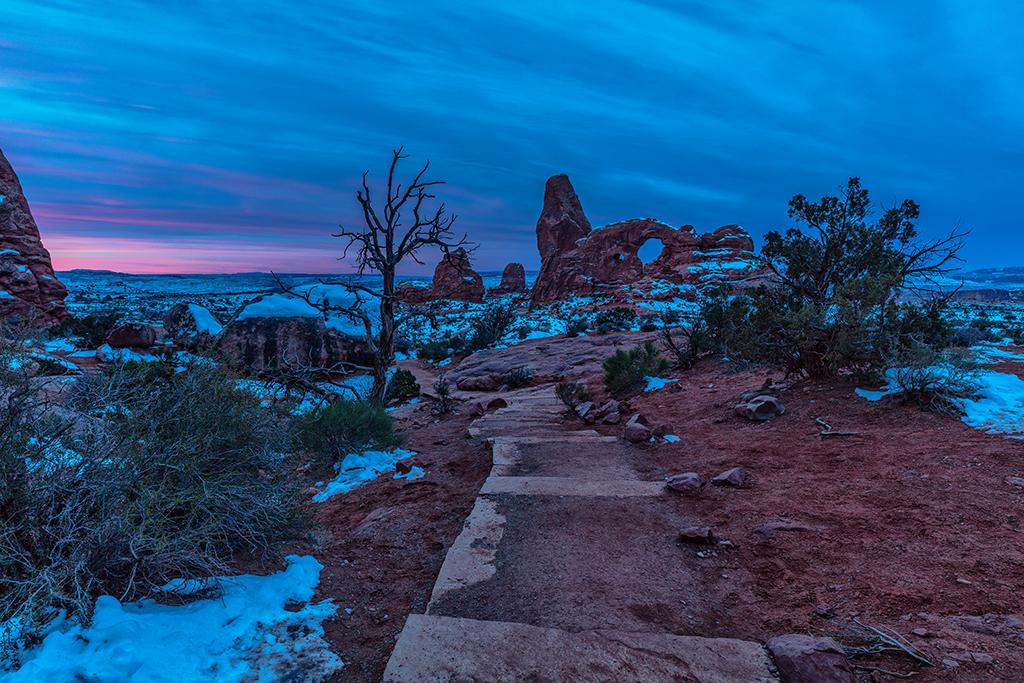
The beginning of sunrise over Turret Arch, Arches National Park / Rebecca Latson
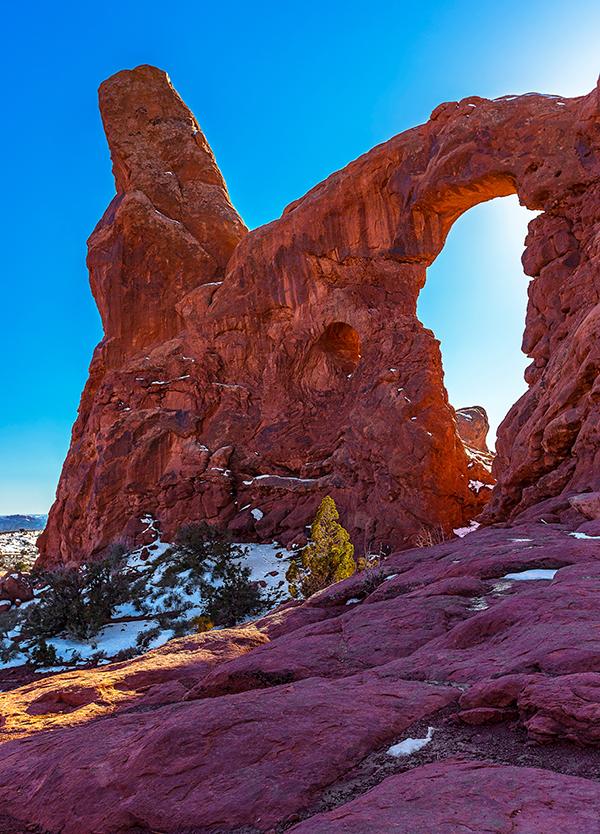
Late afternoon light through Turret Arch, Arches National Park / Rebecca Latson
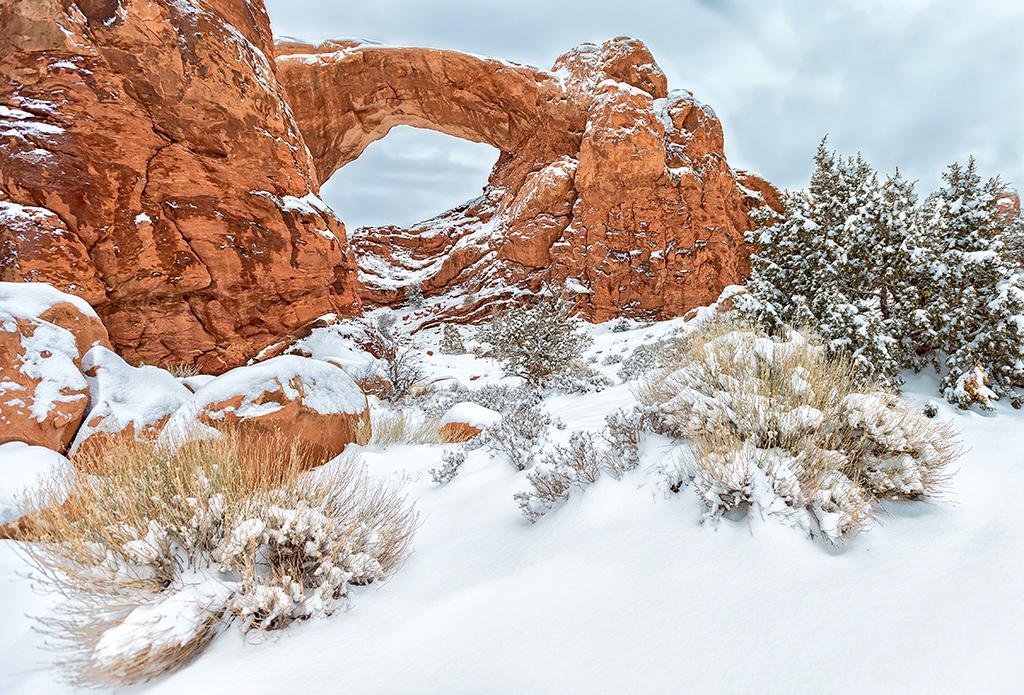
Snow day at the South Window, Arches National Park / Rebecca Latson
Pretty much anywhere you point a camera will give you fantastic shots during sunrise and throughout the day. Since I’m a child of the sunrise, my two fave places are Sunrise Point (no duh), and Upper Inspiration Point. Both are right off the Rim Trail, and there’s parking for your vehicle at both locations. At Sunrise Point, while everybody is facing the sun rising above the mountains, you should point your camera to the right of the sunrise, over toward Sunset Point in the distance. Even on slightly cloudy days, as long as the sun peeks through, it will bathe the hoodoos with saturated light while the sky itself is layered with blue, purple, and pink. You might even want to include that one little tree with its exposed roots that make it appear to stand tippy toed on the ground. It’s a great visual example of the erosional forces at work in this national park.
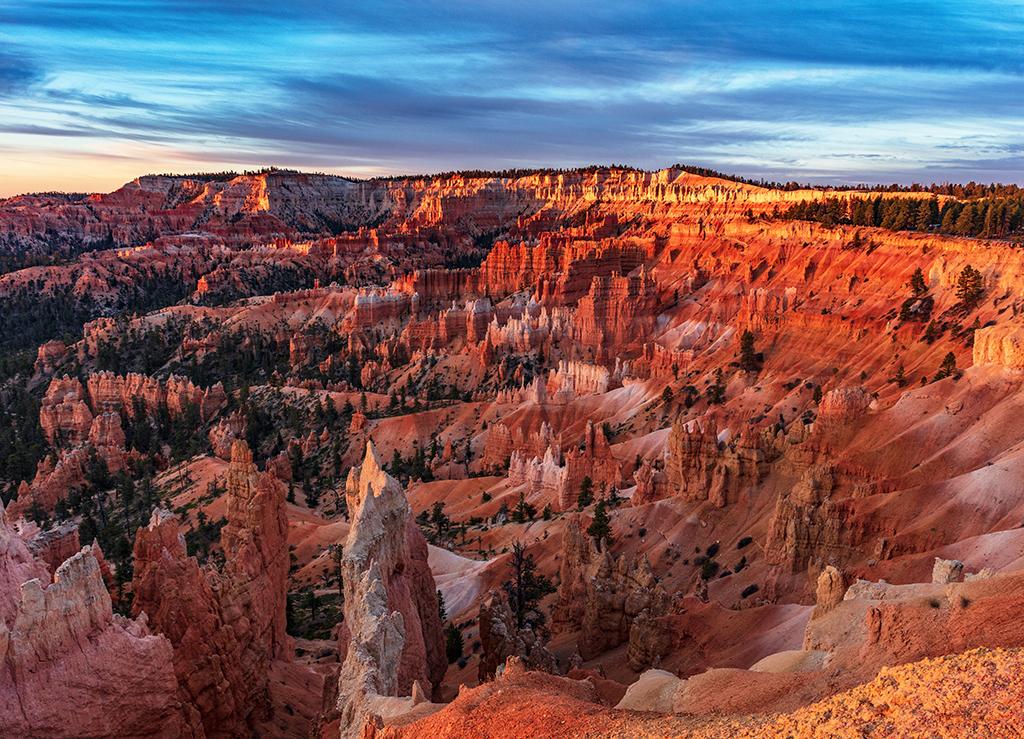
A golden sunrise seen from Sunrise Point, Bryce Canyon National Park / Rebecca Latson
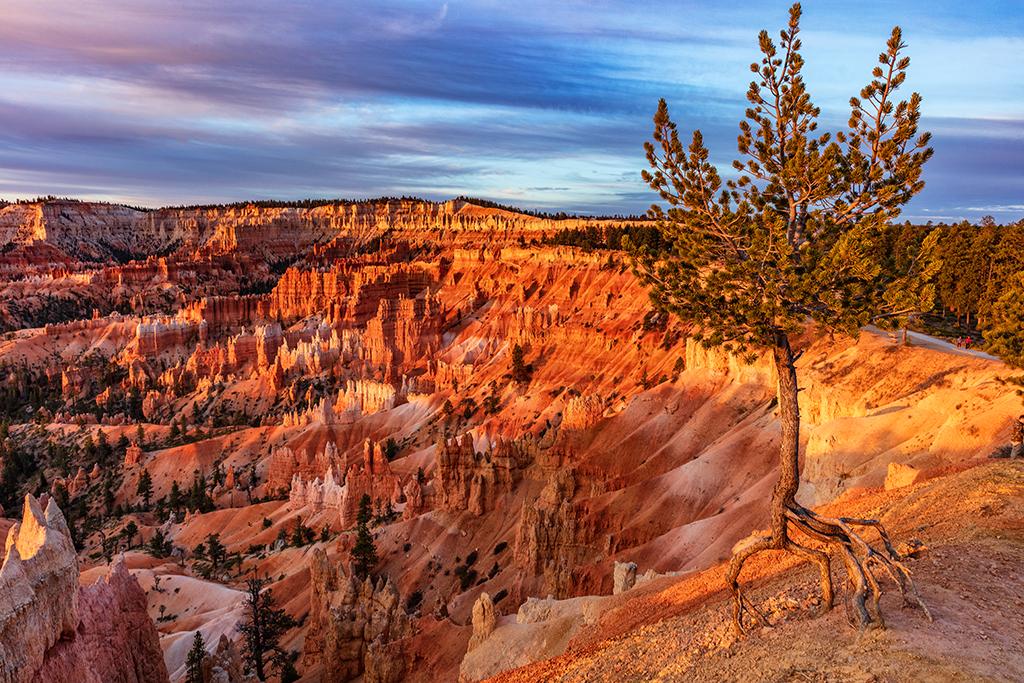
Keeping a toehold, Bryce Canyon National Park / Rebecca Latson
Upper Inspiration Point is up the trail from Lower and Middle Inspiration Points. It’s a little steeper, but once you get there you’ll be rewarded with a 180-degree view. Pointing your camera in any direction will more than compensate your hiking efforts.
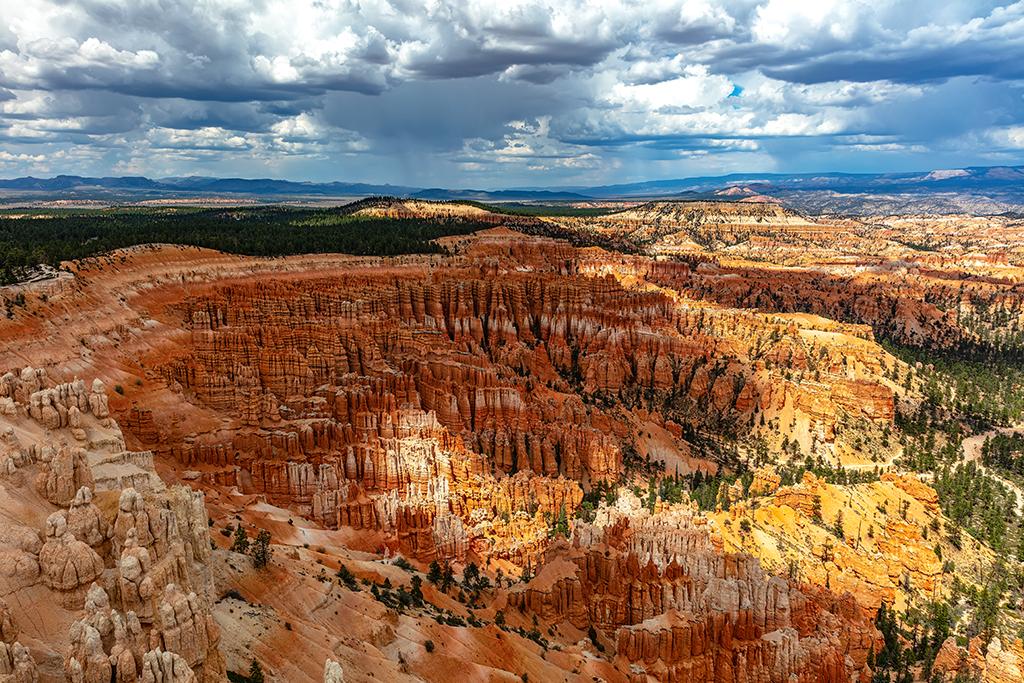
A monsoon afternoon seen at Upper Inspiration Point, Bryce Canyon National Park / Rebecca Latson
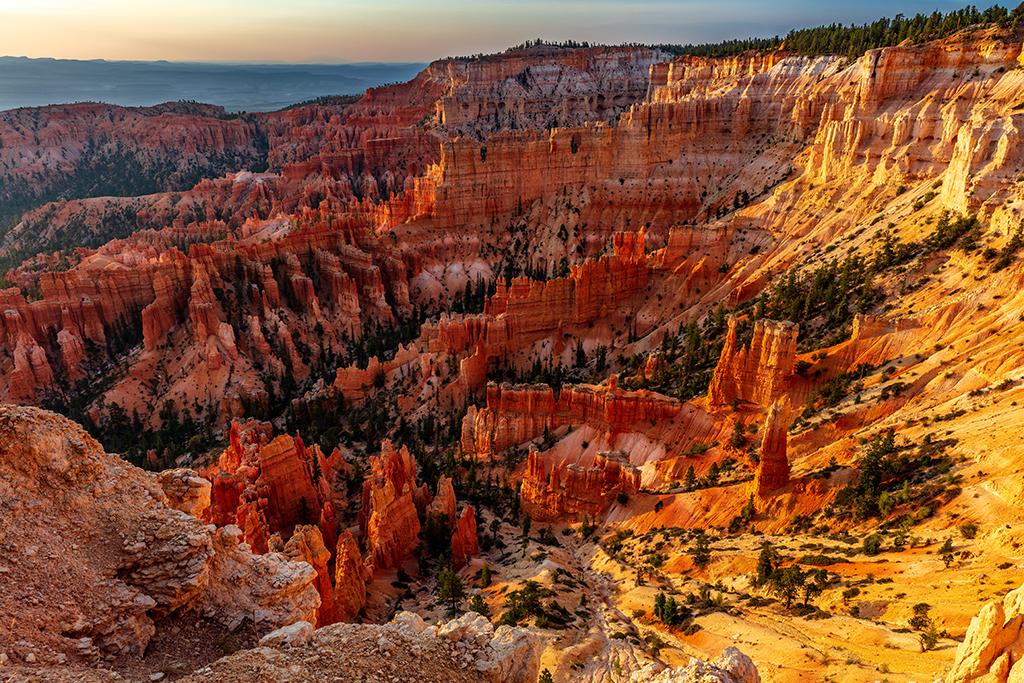
An Upper Inspiration Point view of sunrise, Bryce Canyon National Park / Rebecca Latson
I talked about my favorite places for sunrises, but I should add here that my favorite place for sunset is Sunset Point (again, no duh). When the sun sets behind you, the scenery in front glows with a deep, bright orange, setting the nearby rock formations on fire (metaphorically). Sunset Point is also a great place for “blue hour” photography. That’s the time just before sunrise and right after sunset when the sky and scenery below are swathed in shades of mauve and purple and blue. Blue hour doesn’t really last an hour, so it’s a good idea to have your spot staked out 30 minutes prior to the actual blue hour. Same thing for sunrise and sunset – get your place all staked out so you are not running around at the last minute, trying to find the perfect spot for yourself and your camera.
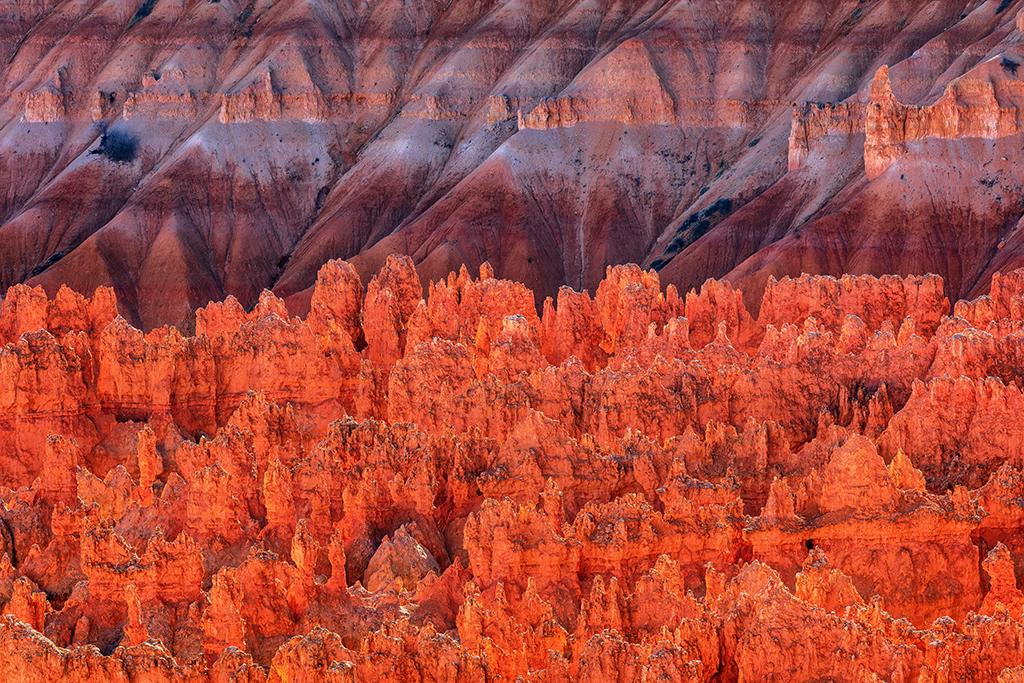
The colors of sunset at Sunset Point, Bryce Canyon National Park / Rebecca Latson
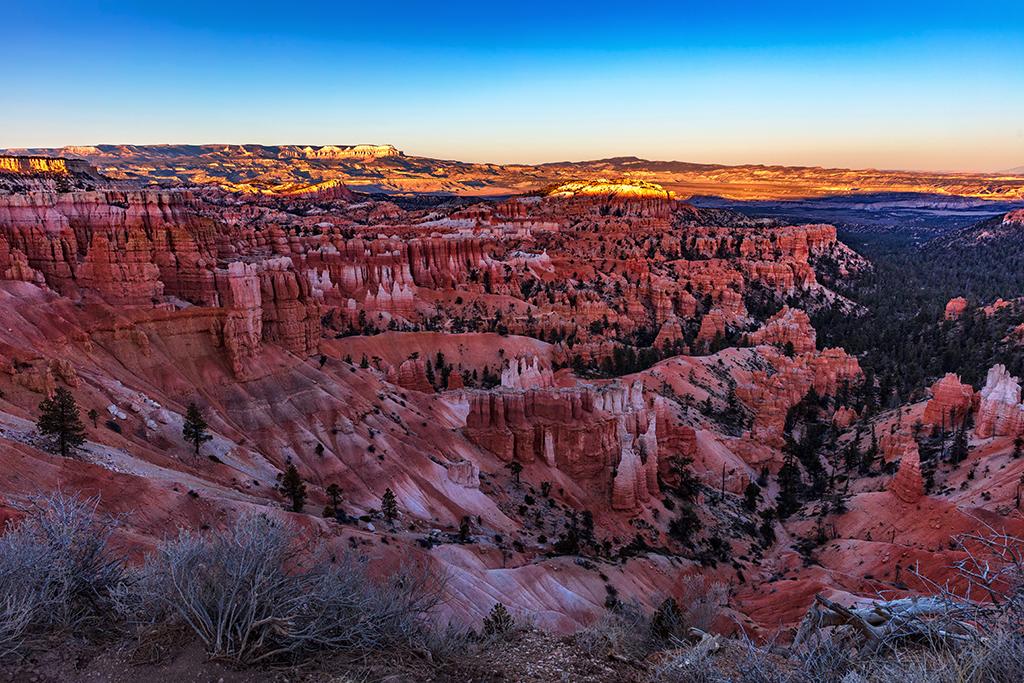
Sunset at Sunset Point, Bryce Canyon National Park / Rebecca Latson
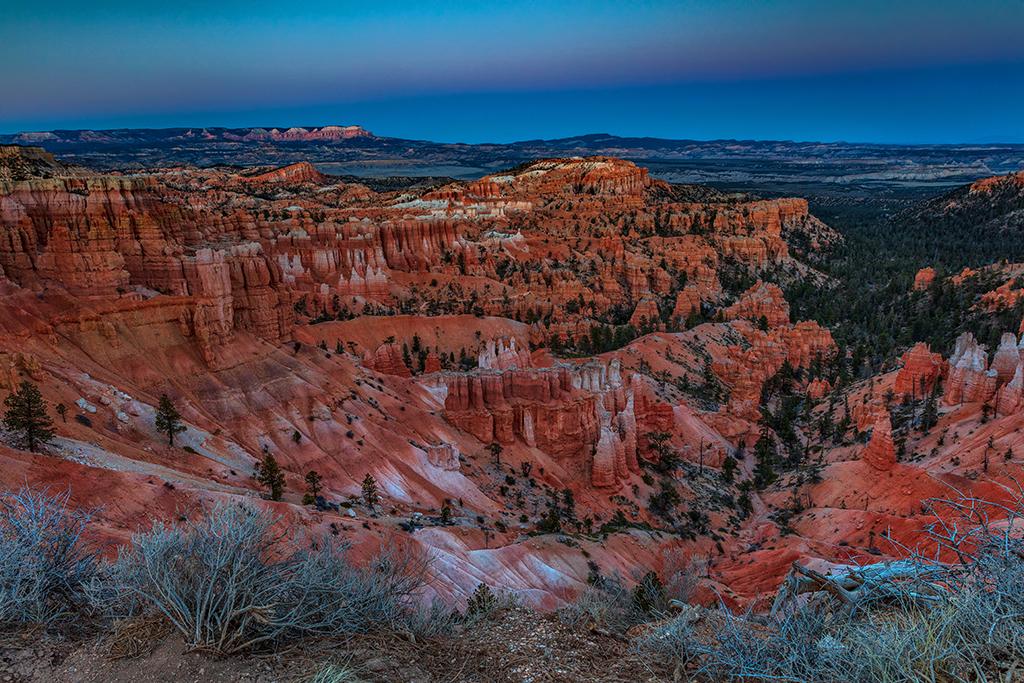
"Blue hour" at Sunset Point, Bryce Canyon National Park / Rebecca Latson
Big Bend National Park,Texas
This national park is out of the way, but well worth the effort of getting there, especially in the spring, around mid-to-late April. The temperatures are comfortable, and the cactus are blooming with saturated yellow, orange, red, and magenta colors.
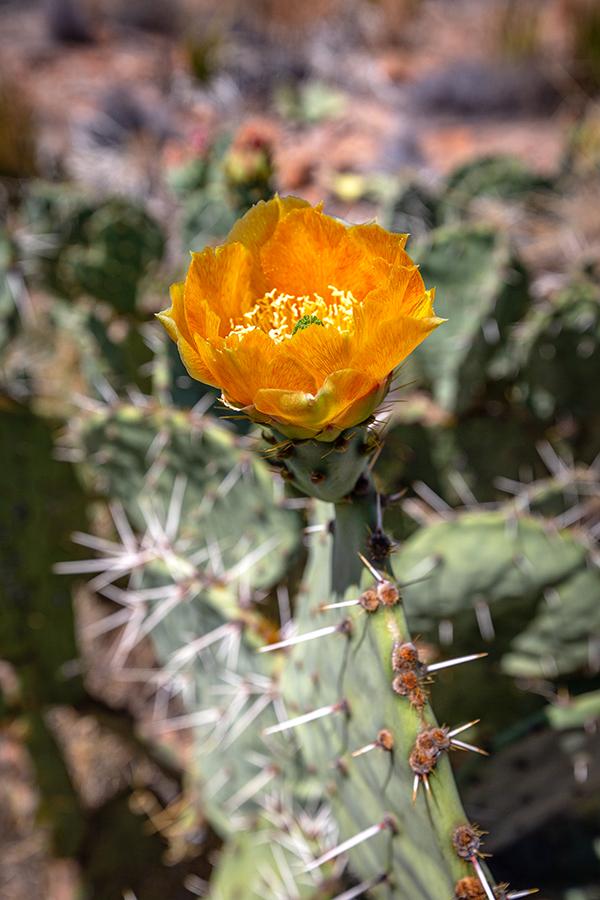
Blooming prickly pear cactus, Big Bend National Park / Rebecca Latson
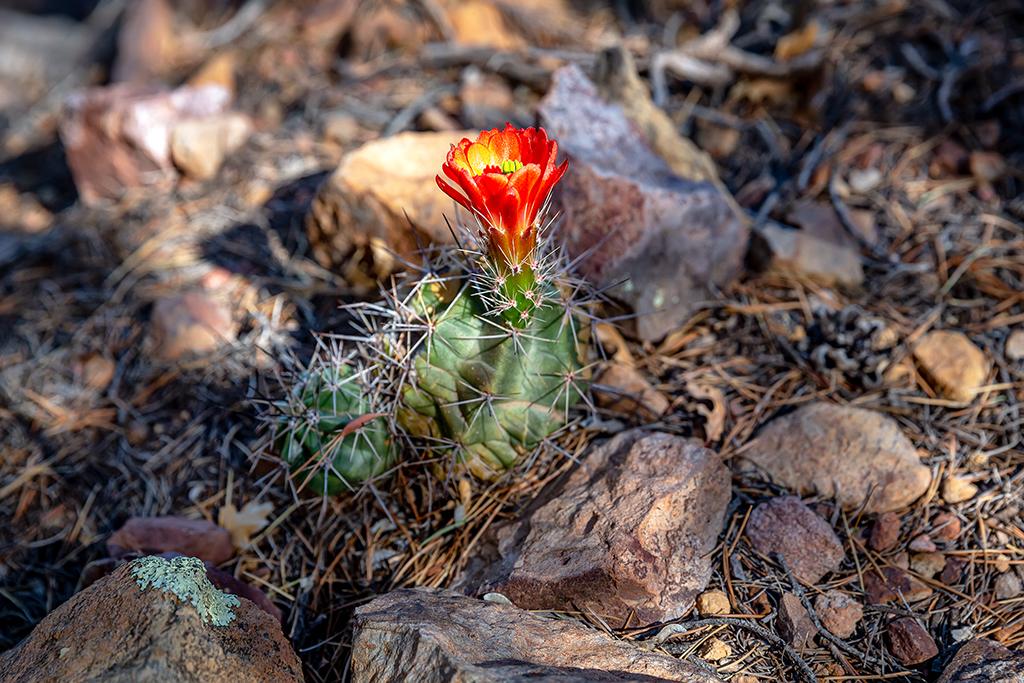
Claret cup cactus, Big Bend National Park / Rebecca Latson
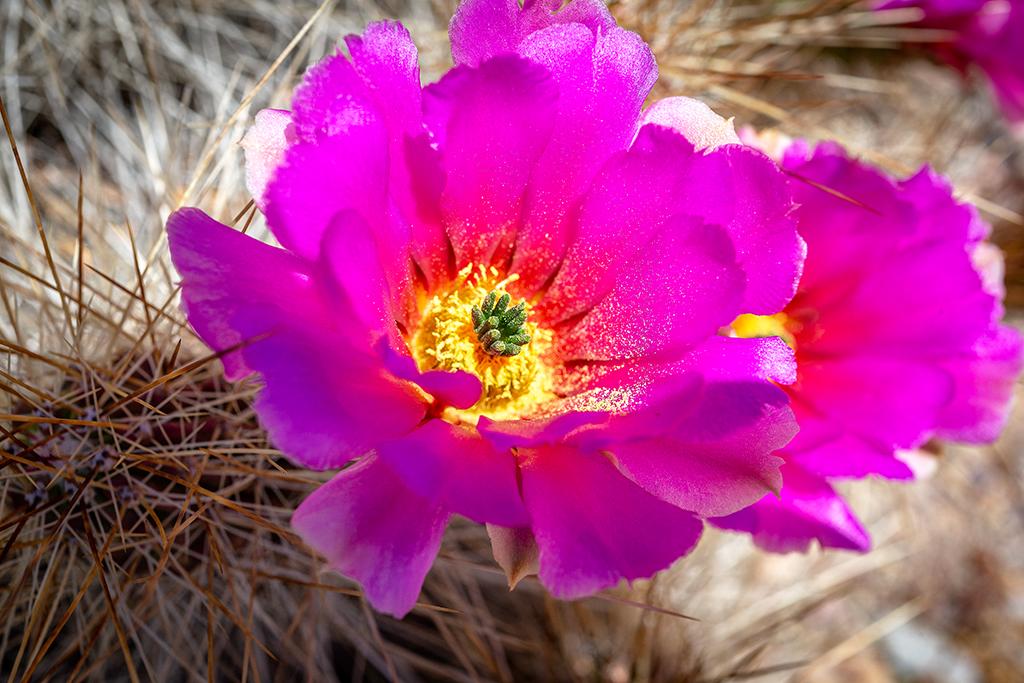
Close-up of a strawberry pitaya cactus bloom, Big Bend National Park / Rebecca Latson
Aside from blooming cactus, my very favorite place to photograph the wide-open vista of the Chihuahuan Desert and the volcanic landscape of the Chisos Mountains is the Sotol Vista Overlook, just off the Ross Maxwell Scenic Drive. From this overlook you can view the expanse south toward the notch of Santa Elena Canyon and right on into northern Mexico. Turn your camera a little and you’ll be looking northwest, past interesting geology to see that distant ribbon of road wind toward Study Butte.
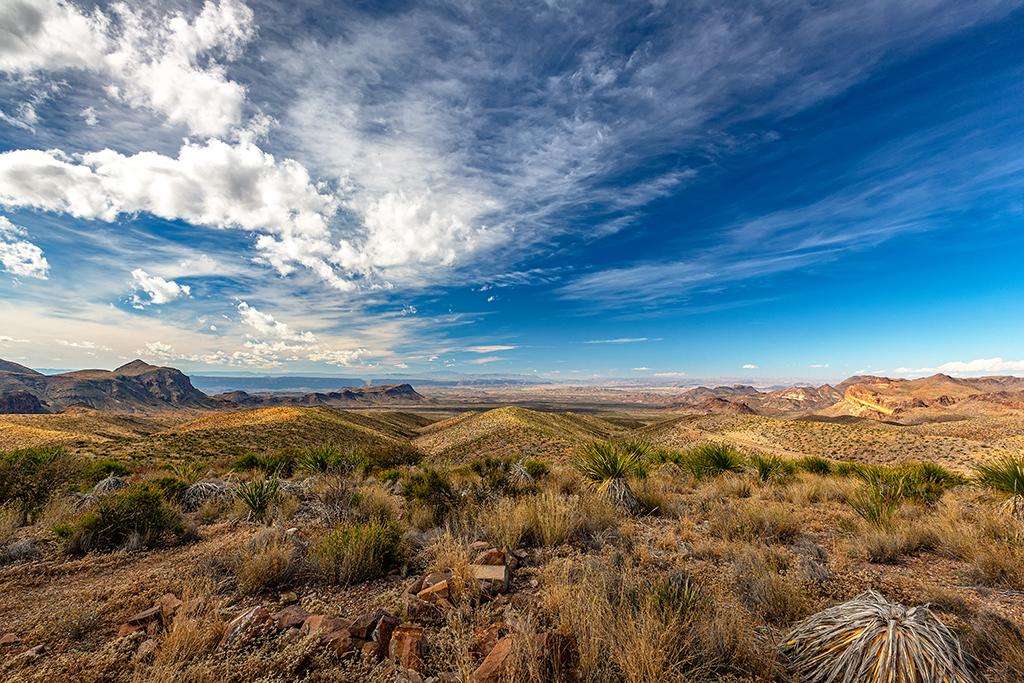
The view from Sotol Vista, Big Bend National Park / Rebecca Latson
At night, the wide-open sky is perfect for photographing the stars. The only caveat is that you’ll need to drive carefully to prevent collisions with the gazillion jackrabbits waywardly hopping all over the roadside.
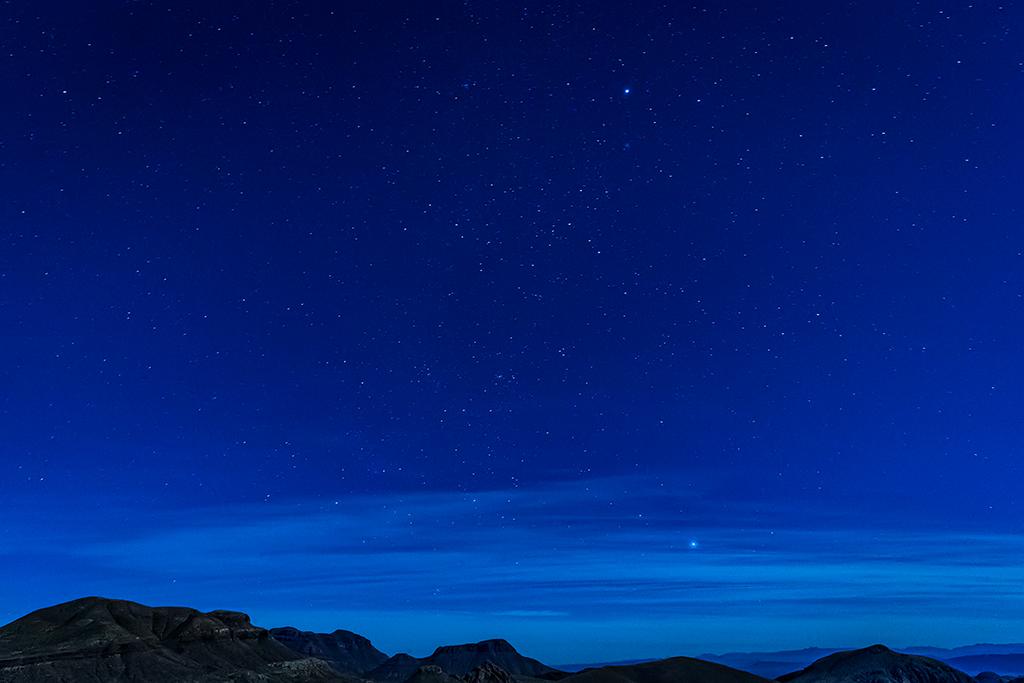
The night sky over Sotol Vista, Big Bend National Park / Rebecca Latson
Padre Island National Seashore, Texas
The sunrises here are incredible. If you go for morning photography, get there a little before dawn and you might be able to spot with your flashlight, and then photograph, those elusive little ghost crabs as they skitter around the beach and in the sandy dune areas (that’s right, I held a flashlight in one hand and my camera in another to photograph them). You'll also see them during the morning hours after sunrise, but they will see you too, and they sure are fast at evading the camera lens.
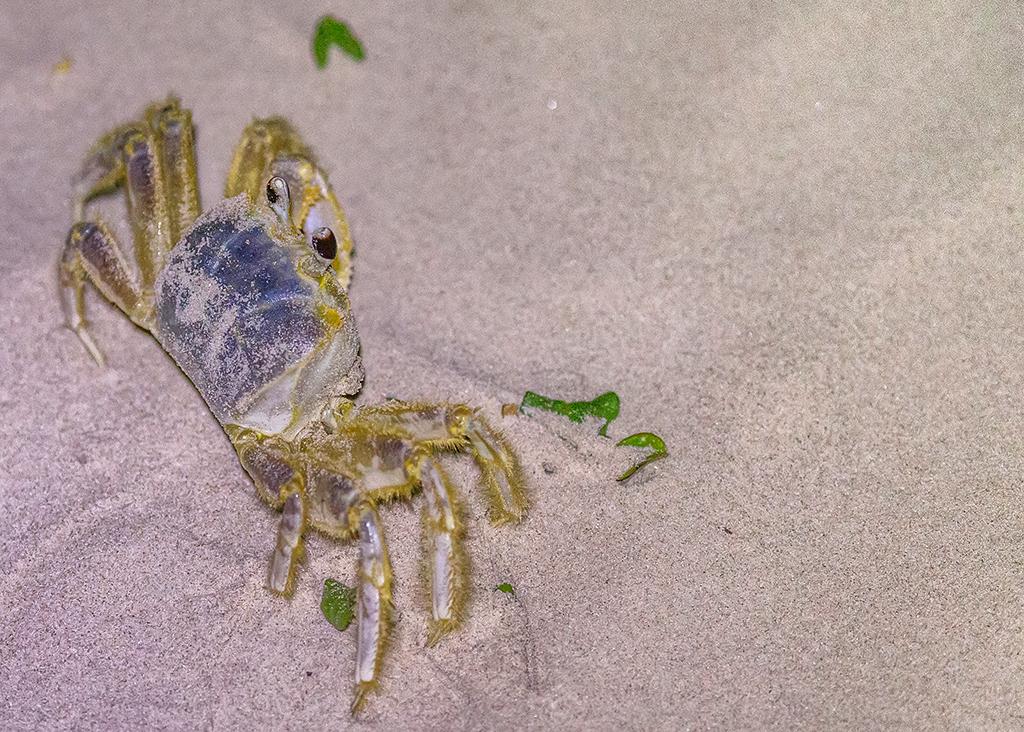
Gotcha! Ghost crab, Padre Island National Seashore / Rebecca Latson
Once on the beach, set up your camera and start photographing the play of light and colors as the sun peeks from beneath the horizon and climbs higher and higher. If you walk south along Malaquite Beach, away from the visitor center, you’ll notice to your left, sticking out of the water, a bare, salt-water-washed two-pronged tree. Cormorants and pelicans like to perch there in the morning, silhouetted against the sunrise.
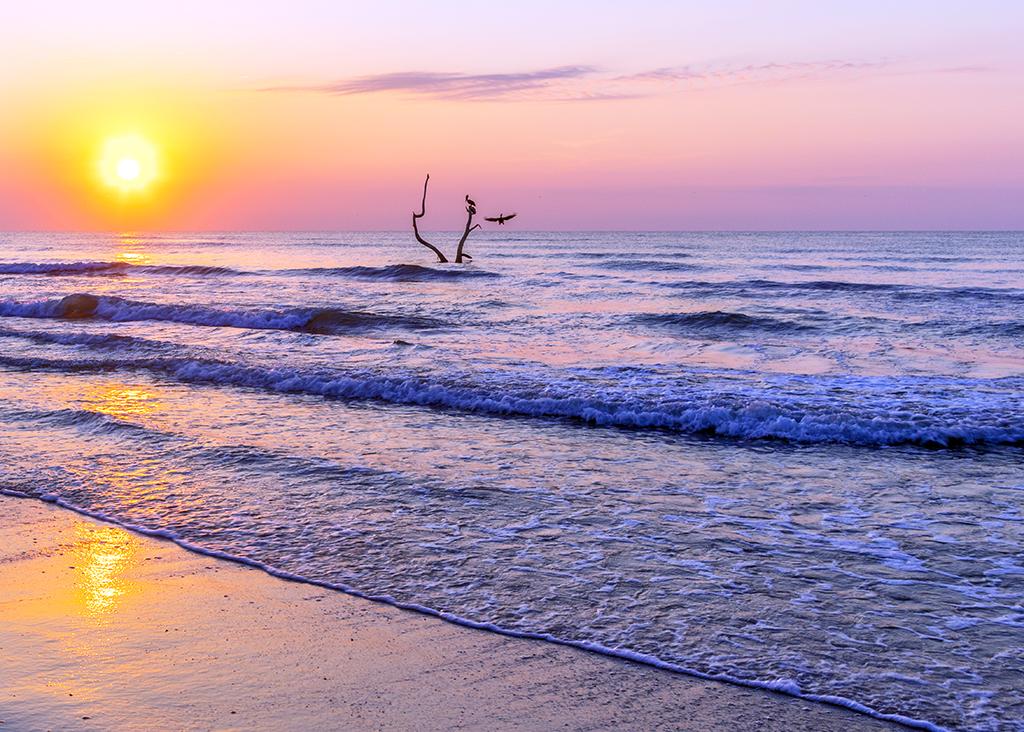
A pelican sunrise, Padre Island National Seashore / Rebecca Latson
Visit this national seashore in between June and August and you might have the opportunity to photograph the early-morning release of Kemp’s ridley sea turtle hatchlings out into the Gulf of Mexico. It’s quite a sight to see these nacho-sized babies “swimming” across the sand toward the water. Check the NPS website for this national seashore as there is a page with a continually updating schedule of hatchling release dates.
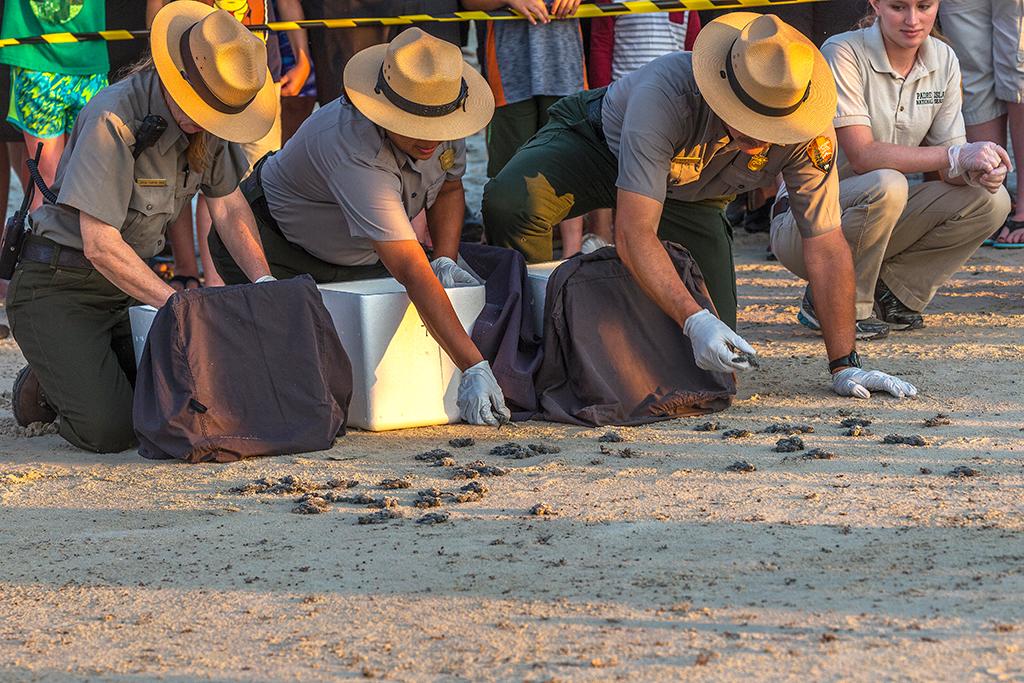
Releasing the hatchlings, Padre Island National Seashore / Rebecca Latson
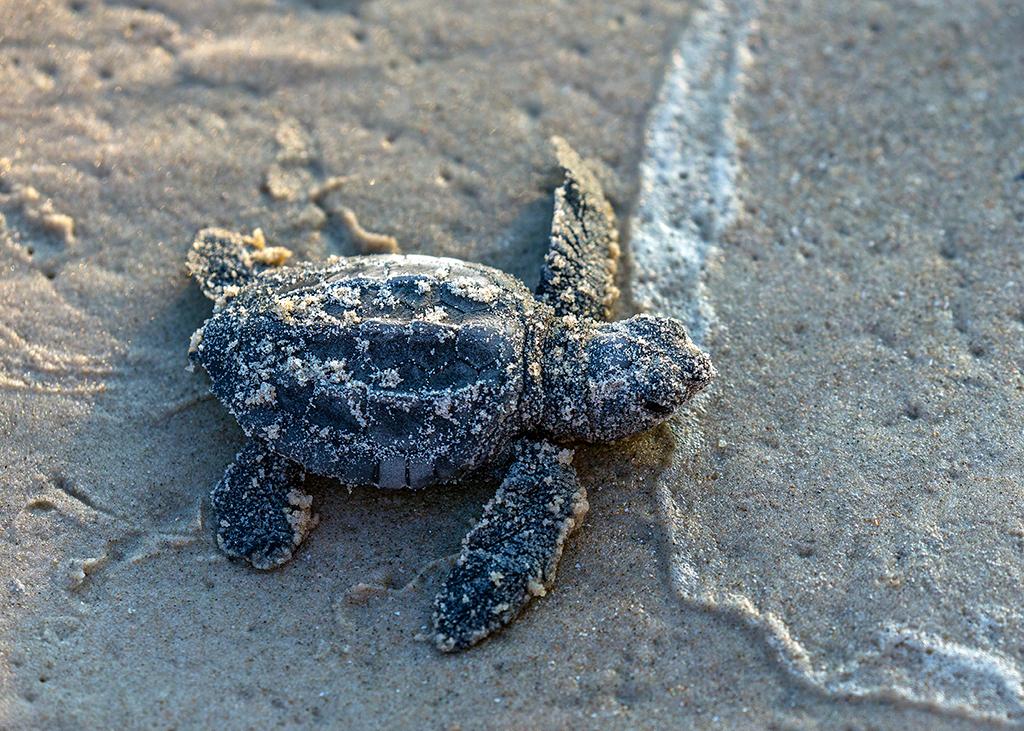
A Kemp's ridley hatchling, Padre Island National Seashore / Rebecca Latson
Acadia National Park, Maine
While this national park is photogenic any time of the year, IMO it’s most photogenic during the autumn. The leaves are glorious in their brilliant array of gold, red, and orange. My favorite places to photograph this fall color are along the carriage roads. The ground is paved gold and red with fallen leaves, and the trees are green in some spots, with red and gold leaves in others, creating a sort of tunnel with an inner glow acting as an open invitation to walk further along the road.
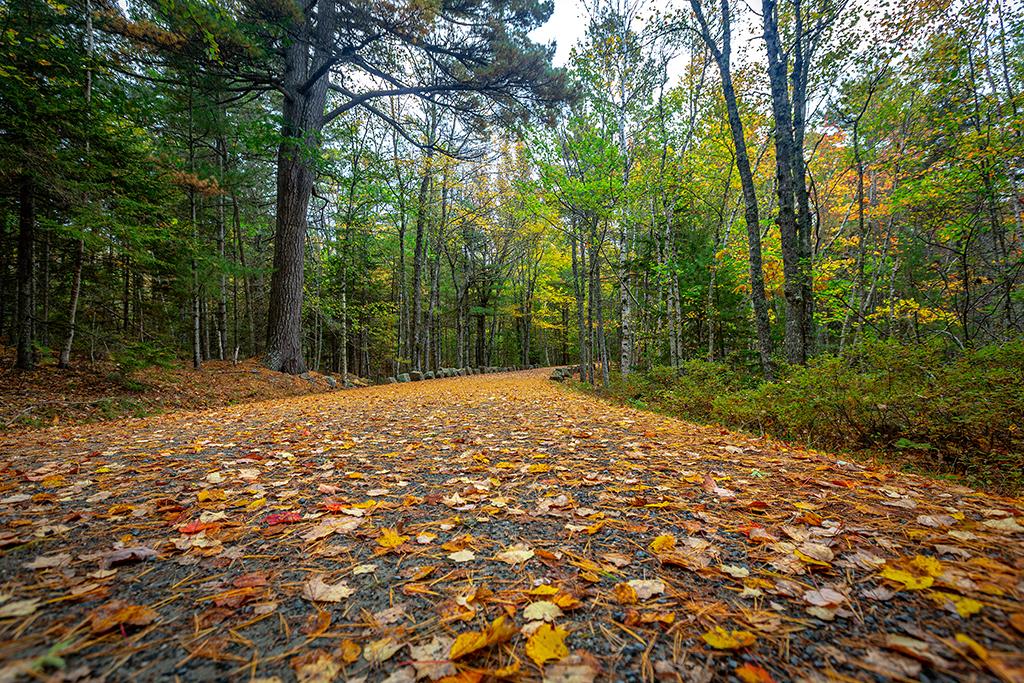
Follow the yellow-leafed carriage road, Acadia National Park / Rebecca Latson
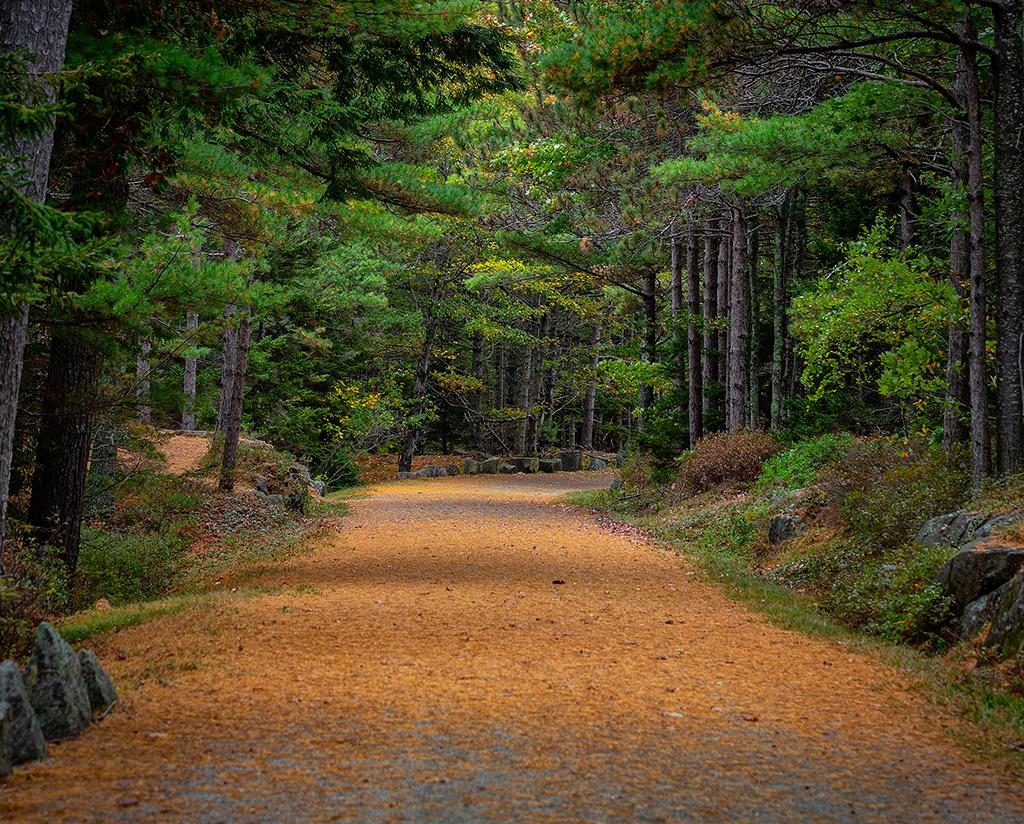
The carriage road beckons, Acadia National Park / Rebecca Latson
Acadia National Park is the place to go for star photography, too. I remember waking up around 1 a.m. in my vacation rental house in Bass Harbor. Right above my bed was a skylight, and I could see these white blobs dotting the black background. I didn’t have my glasses on at the time, which is why everything looked blobby. Glasses on, those blobs resolved into the brightest stars I’d ever seen. So, I got dressed in a hurry, grabbed my gear, and drove beyond Bass Harbor, turning left and driving past Ship Harbor toward the natural seawall for some night photography.
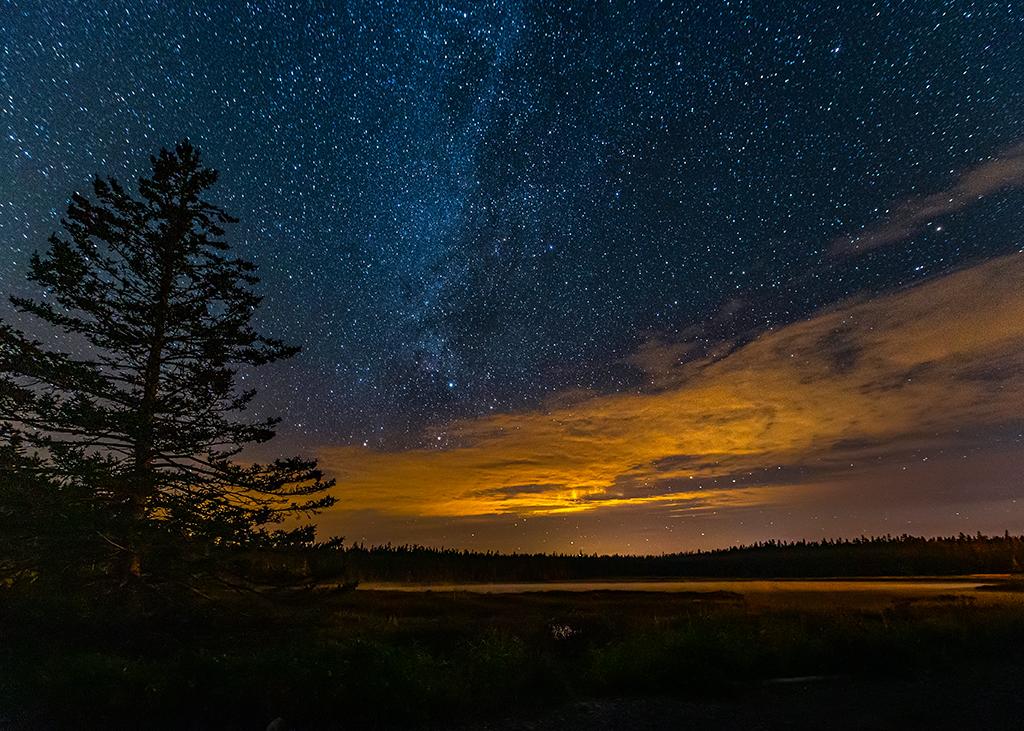
The starry heavens over Acadia National Park / Rebecca Latson
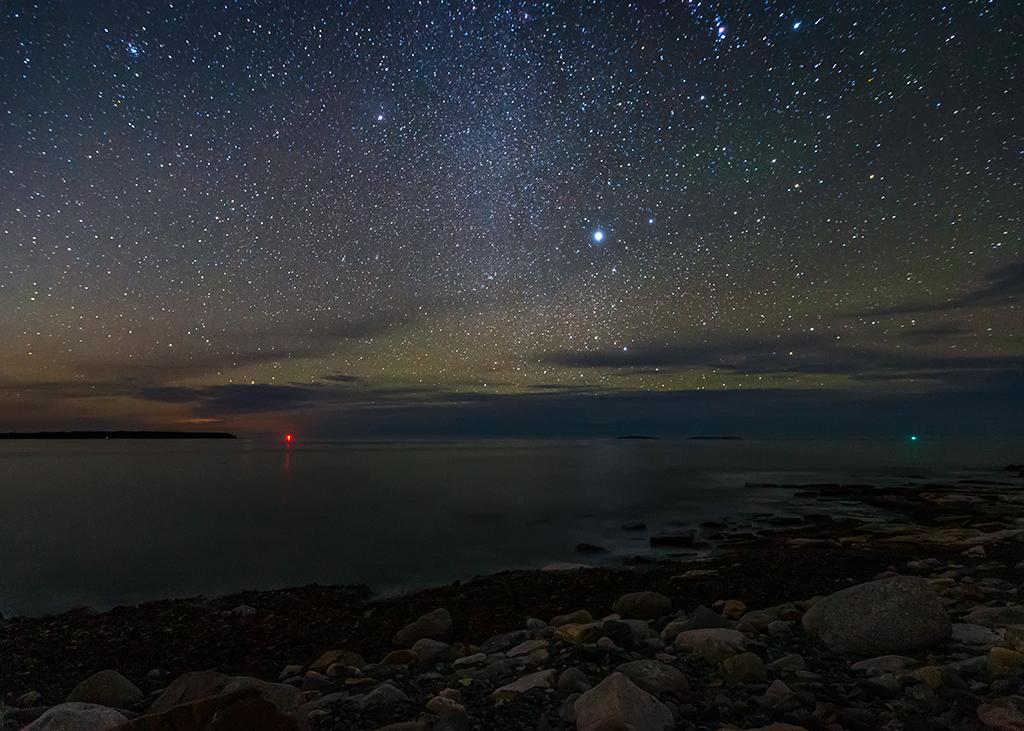
Beneath the starry sky, Acadia National Park / Rebecca Latson
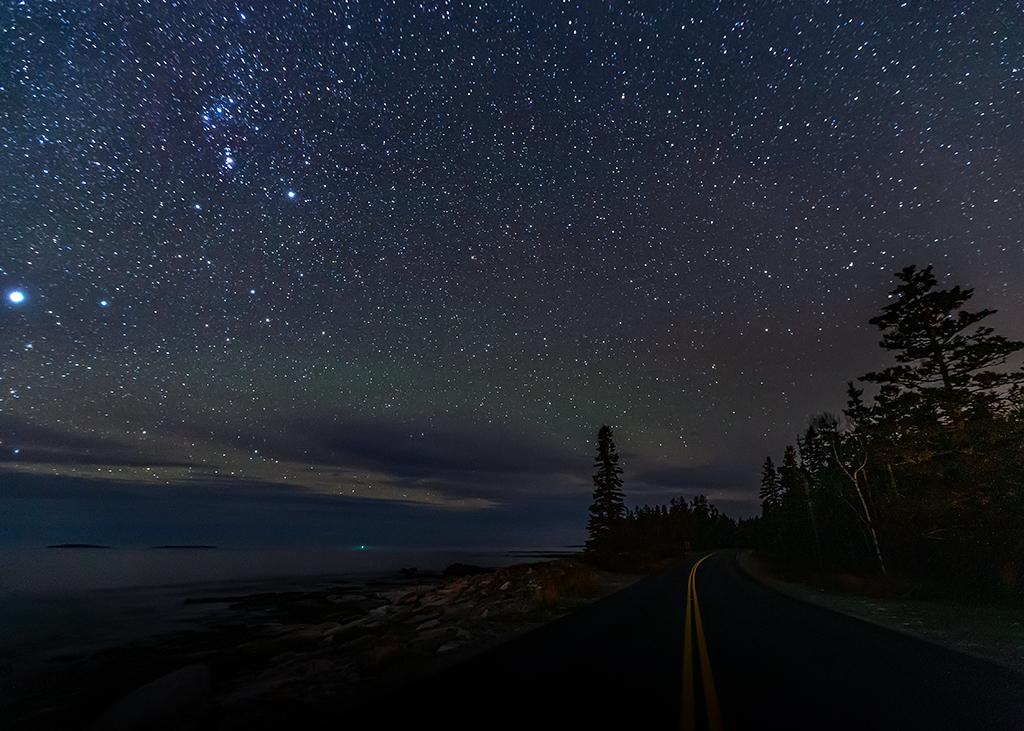
The road to the stars, Acadia National Park / Rebecca Latson
As I mentioned at the top of this article, I’ve visited more national parks than there is room for in this month’s column and I intend to travel to even more parks in the future. While I leave you with these few favorite photography spots here, I promise to continue my favorites in future articles.



Comments
Great Photos!!!!!
It is ironic that I have been to all of the parks on your list, with one exception: Padre Island. I live in Texas and was only a few hours drive from Padre Island for many years, but I have never had a really good opportunity to get to Padre Island. This is something that I need to remedy.
Thanks Rebecca - makes me want to get in my truck and drive!!!
Beautifil I
Bravo!!! I stumbled onto your 4-part series this evening and I am blown away! I am a big fan of our national parks, and you have given me additional inspiration to revisit some of my favorites with my DSLR in hand. I can't wait to see what else you have published - you are a beautiful photographer.
Thank you, Jean, for your kind words. My next photo article is slated to come out on or around August 12th, so keep checking back with the Traveler and while you're there, take a look at the other articles, too. The Traveler is the only site where you can get daily national parks news.